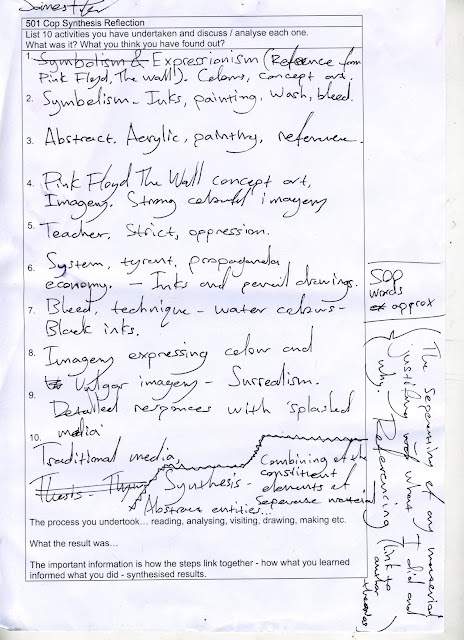Researching through British media for political themed animated film, cartoons and publications for political context and material that could be related to the theme and proto question, based form historical to contemporary political issues in society. Most of the animated political material is centred around the controversy of World War 2 and post war on society.
This is an important area to research because it will benefit understanding of techniques and processes in animation for political purpose. It can be argued that most dated animation was influenced by war to educate on the shocking developments of corruption in politics and regime for control over society.
Diverse and different techniques can be used to translate a message on war and politics, focusing on symbolism and graphic expressionist imagery, but mostly surrealism because it conveys more emotion through disturbing imagery and concepts of suffering in war, based on common interpretation in the media.
Texts that relate to modern political issues about consumerism and its control over society described in Juliet and Douglas (2000), how we see fit to fall into a system of constant manipulation and influence from the higher ruling powers in politics and business, we are subject to our social patterns and processes of the masses. Through war historically, Bernays (1928) the concept that we are changed by society and the ruling men, that corruption takes different more contempt forms, portrayed in our minds to serve society and to change, mould, and be controlled as described in Jacques Ellul (1965).
In relation to animation, Animal Farm, (1954), showcasing an awareness using satire about the corruption in dictatorship, as a character. 'Napoleon' the pig, the main protagonist imitating Stalin’s communist dictatorship, the control over community set in a farm but represents society.
Pink Floyd the Wall, (1982), describing the suffering of the character 'Pink' in a relative consumerist society but also notably, strong graphic imagery, from the effects of abandonment and a similar tyrannical leadership of controlling, manipulating, and moulding of society, in a post war historical period, based on life experiences.






















